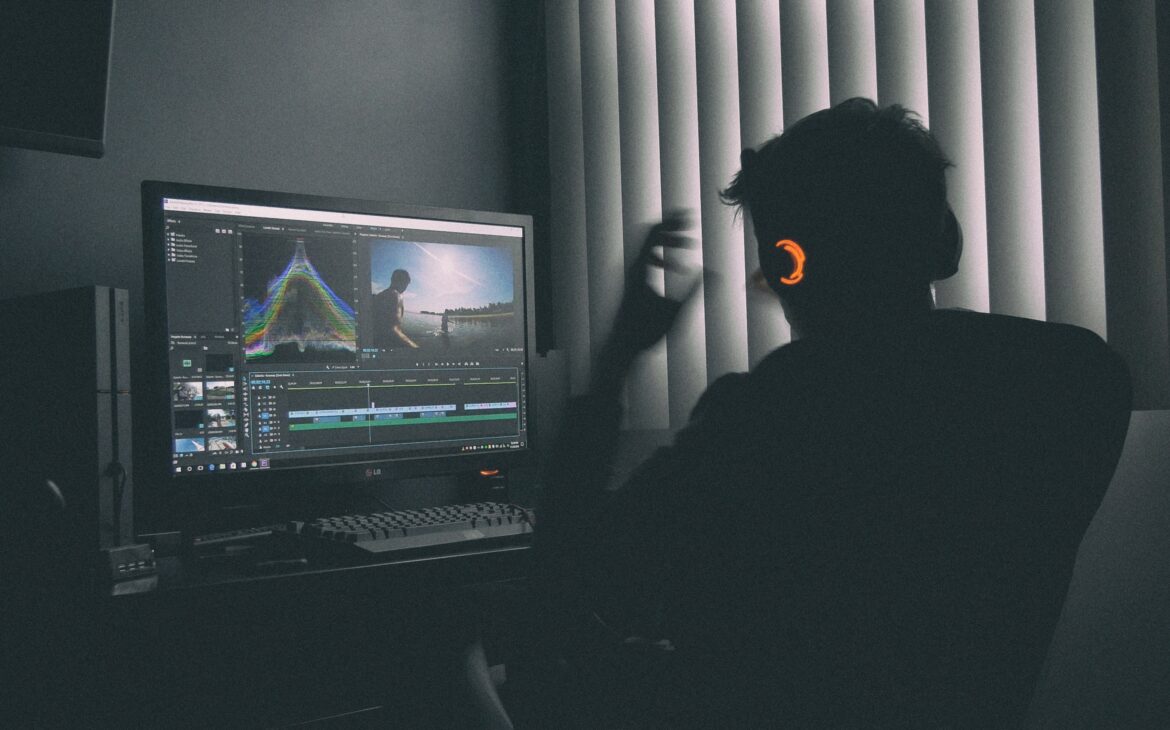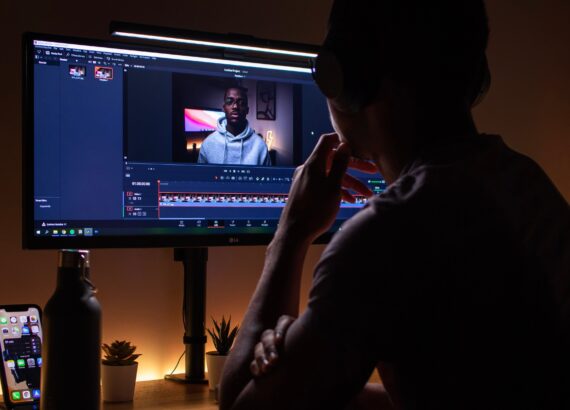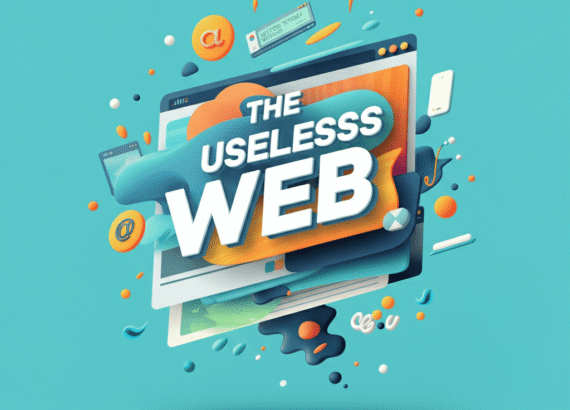Most Important Guide to Basic Video Editing for Students
Video editing is a critical aspect of the production process that helps transform raw footage into a compelling and engaging final product. Whether you’re creating professional videos for clients or editing personal projects, having a solid understanding of the dos and don’ts of video editing is essential.
This handy guide aims to provide video editors with valuable insights, techniques, and best practices to enhance their editing skills and achieve impressive results. From understanding the fundamental principles of video editing to avoiding common pitfalls, organizing projects efficiently, and maintaining a consistent style, this article covers a comprehensive range of topics to assist both beginners and experienced editors in their quest for excellence.
From software recommendations to editing fundamentals, this article is your go-to resource for mastering the art of video editing.
1. Introduction to Video Editing
What is Video Editing?
It involves selecting the best shots, trimming unnecessary footage, adding music and sound effects, and applying visual effects or transitions to enhance the overall quality of the video.
Importance of Video Editing in the Production Process
Video editing plays a crucial role in the production process as it helps transform raw footage into a polished and professional-looking video. It allows editors to create a narrative, control the pace and flow of the story, and convey emotions effectively. Good editing can make even average footage shine and captivate the audience.
The Role of a Video Editor
A video editor is like the conductor of an orchestra. They take the raw materials, and the footage, and shape it into a harmonious and coherent piece. Their role goes beyond just cutting clips together; they have to understand the story, know how to create impactful moments, and have a good eye for details. A video editor is responsible for bringing the vision of the director or producer to life through their creative choices.
2. Understanding the Dos of Video Editing
Maintaining a Clear and Engaging Storyline
One of the key objectives of video editing is to tell a story that connects with the audience. It’s important to maintain a clear and engaging storyline throughout the video. Ensure that each scene or shot serves a purpose and contributes to the overall narrative. Avoid unnecessary distractions or confusing sequences that may dilute the message.
Choosing the Right Sequence and Flow of Shots
The sequence and flow of shots can greatly impact the viewer’s experience. Start with a strong opening that grabs attention, build momentum by arranging shots logically and coherently, and end with a memorable closing. Consider the rhythm, pacing, and transitions between shots to create a smooth and pleasing visual journey.
Effective Transitions and Visual Effects
Transitions and visual effects can add depth and polish to your video, but they should be used sparingly and purposefully. Don’t go overboard with fancy transitions or excessive effects that distract from the story. Instead, use them to enhance the narrative, highlight key moments, or create a specific mood.
3. Avoiding the Don’ts of Video Editing
Overusing Special Effects or Transitions
While special effects and transitions can be fun to play with, using them excessively can quickly become overwhelming and distract the audience from the main content. Remember that the focus should be on the story and the message, not on the flashy effects. Use them sparingly and purposefully to maintain a cohesive and engaging video.
Neglecting Audio Quality and Proper Sound Mixing
Great visuals alone are not enough; audio quality is equally important in creating an immersive experience for the viewers. Pay attention to sound design, ensure good audio levels, and mix audio elements properly. Use background music, sound effects, and voiceovers strategically to enhance the mood and atmosphere of the video.
Common Pitfalls in Video Editing to Avoid
In video editing, there are a few common pitfalls to be aware of and avoid. These include excessive jump cuts, poor colour grading, mismatched audio, inconsistent pacing, and sloppy transitions. Pay attention to these details and strive for a polished and professional finish.
4. Essential Tools and Techniques for Efficient Video Editing
Introduction to Video Editing Software
To edit videos efficiently, it’s important to familiarize yourself with video editing software. Take the time to learn the features and capabilities of the software you choose to maximize your editing potential.
Understanding the Basics of Timeline and Editing Panels
The timeline and editing panels are the heart of video editing software. Spend time understanding how these components work together to organize and manipulate your footage. Get comfortable with tools like trimming, splitting, and rearranging clips to achieve the desired results.
Keyboard Shortcuts and Time-saving Techniques
Becoming proficient in using keyboard shortcuts can significantly speed up your editing process. Familiarize yourself with commonly used shortcuts for tasks like cutting, copying, and pasting clips. Additionally, explore time-saving techniques such as creating reusable templates or presets to streamline your workflow.
Remember, video editing is a creative and technical process. Keep these dos and don’ts in mind, and you’ll be well on your way to becoming a skilled video editor. Happy editing!
5. Guide for Maintaining a Consistent Style and Flow in Video Editing
Establishing a Visual Style and Color Grading
When it comes to video editing, consistency is key. One way to achieve this is by establishing a visual style for your project. Think about the mood and tone you want to convey and choose the appropriate colour grading techniques to enhance it. Whether you’re going for a vibrant and energetic look or a moody and dramatic feel, make sure to apply the same style throughout your video.
Maintaining Consistency in Transitions and Effects
Smooth transitions and cohesive effects can make a world of difference in your video editing. Avoid jumping from one transition to another without reason, as it can be jarring for viewers. Stick to a few well-chosen transitions that align with your overall style and use them consistently. This will help maintain a seamless flow between scenes and keep your audience engaged.
Balancing Pacing and Timing in Video Editing
The rhythm and pace of your video can greatly affect its impact. Pay attention to the timing of your cuts and ensure they align with the desired mood and message. Don’t rush through important moments or linger too long on unimportant details. Find the right balance to create a captivating flow that keeps your viewers hooked from start to finish.
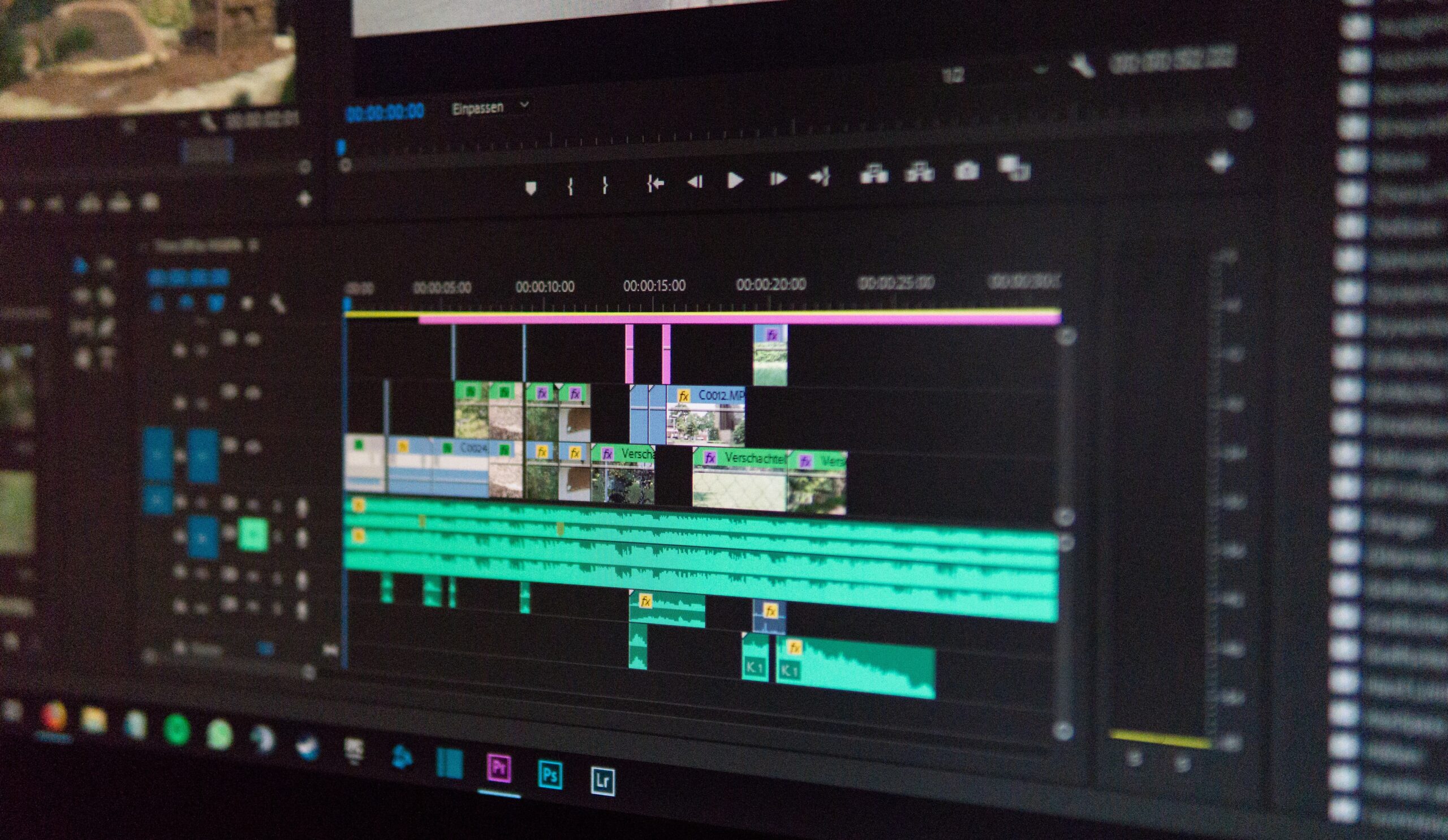
6. Common Mistakes to Avoid in Video Editing
Poorly Timed Cuts and Transitions
Timing is everything in video editing, and poorly timed cuts and transitions can ruin the flow of your video. Avoid abrupt cuts that disconnect the narrative or transitions that feel out of place. Take your time to carefully choose when to make the switch and ensure it aligns with the natural rhythm of the footage.
Inconsistent Audio Levels and Quality
Audio plays a vital role in video editing, and inconsistent audio levels or poor quality can be a major turn-off for viewers. Make sure to maintain consistent audio levels throughout your video, balancing dialogue, music, and sound effects. Also, pay attention to audio quality and remove any background noise or audio glitches that may distract from the overall experience.
Overloading the Video with Text and Graphics
While adding text and graphics can be a great way to convey information, overdoing it can clutter your video and confuse your audience. Be mindful of the amount and placement of text and graphics, ensuring they don’t overpower the visuals or distract from the main content. Keep it simple, and clear, and consider using a consistent style that aligns with your overall vision.
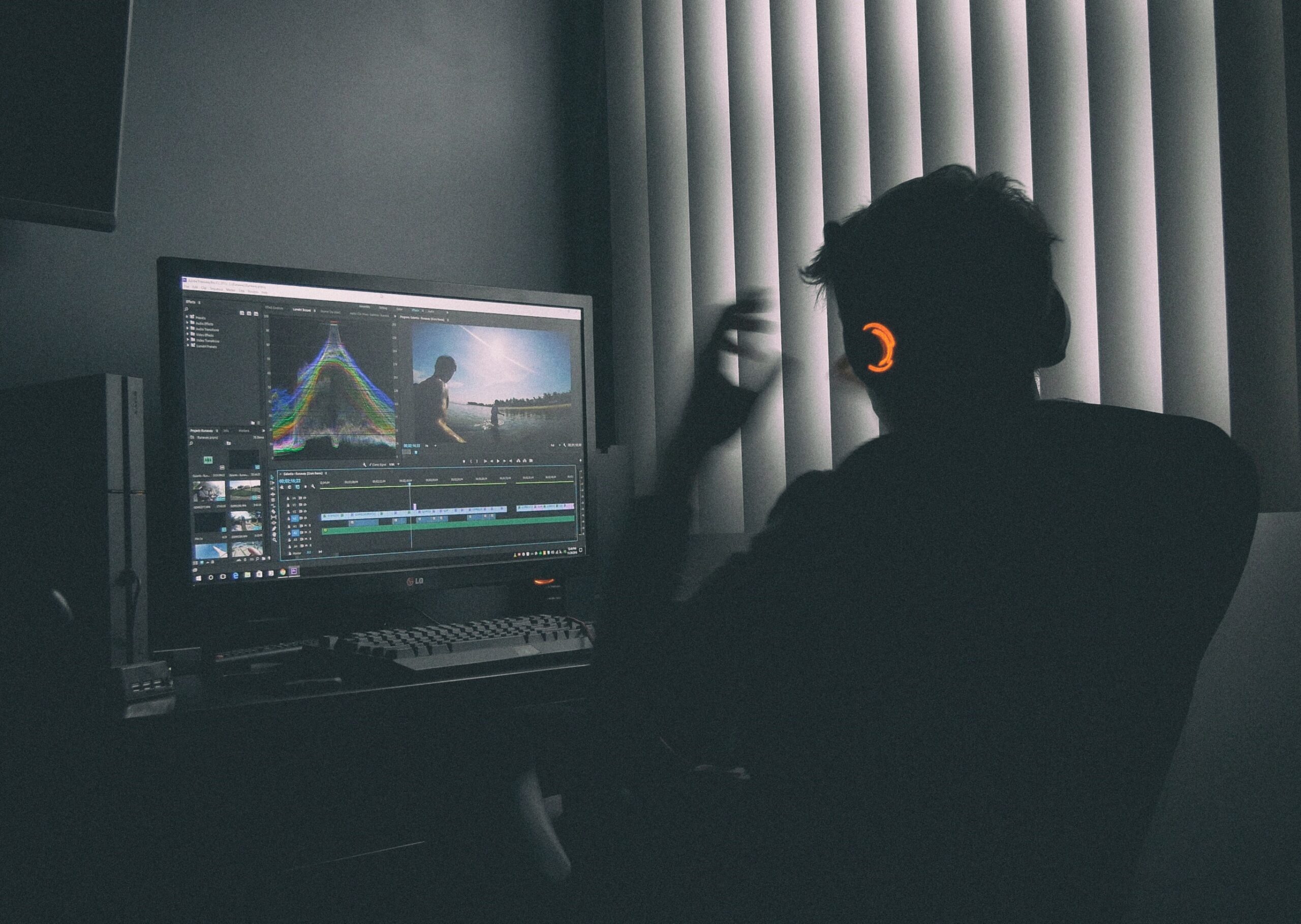
7. Best Practices for Organizing and Managing Video Editing Projects
Efficient File Management and Organization
Keeping your video editing projects organized is essential for a smooth workflow. Create a logical file structure and naming convention that makes it easy to locate and access your files. Use folders to categorize different assets like raw footage, audio files, and graphics. This will save you time and frustration when searching for specific elements during the editing process.
Collaborating with Others in Video Editing Projects
If you’re working with a team on a video editing project, effective collaboration is crucial. Utilize project management tools, like shared cloud storage or collaboration platforms, to streamline communication and file sharing. Clearly define roles and responsibilities, and establish a timeline to keep everyone on track. Regularly check in and provide constructive feedback to ensure a cohesive and successful collaboration.
Backup and Storage Considerations
Never underestimate the importance of backing up your video editing projects. Invest in reliable external hard drives or utilize cloud storage to create backups of your files regularly. Accidents happen, and having a backup can save you from losing all your hard work. Additionally, consider archiving completed projects or unused footage to free up space and keep your projects organized.
8. Final Thoughts and Further Resources for Video Editors
Video editing is both an art and a skill that requires practice and continuous learning. Experiment with different techniques, styles, and effects to find your unique voice as a video editor. Keep up with industry trends, watch tutorials, and join online communities to stay inspired and updated. Remember, video editing should be fun and creative, so embrace your passion and enjoy the process!
9. Conclusion
As a video editor, mastering the art of editing requires continuous learning, practice, and exploration. By adhering to the dos and don’ts discussed in this guide, you’ll be well on your way to producing high-quality videos that captivate your audience. Remember to stay updated with the latest software, techniques, and trends in video editing and never be afraid to experiment and push your creative boundaries.
For further resources and inspiration, there are numerous online communities, forums, tutorials, and courses available that can help you refine your skills and expand your knowledge. Embrace the possibilities, unleash your creativity, and enjoy the rewarding journey of video editing!
FAQ
1. Can I edit videos on my computer without expensive software?
Absolutely! While professional video editing software can provide advanced features and functionality, there are also free or low-cost alternatives available for editing videos. Some popular options include iMovie (for Mac users), Davinci Resolve, and HitFilm Express. These programs offer a wide range of editing tools and capabilities to help you create impressive videos without breaking the bank.
2. How can I improve the audio quality of my edited videos?
Improving audio quality is crucial for a professional-looking video. One effective way to enhance audio is by using a dedicated microphone during the recording process. However, if you’re facing issues with audio quality in post-production, you can try using audio filters and effects to reduce background noise and improve clarity. Additionally, consider adjusting audio levels and using proper sound mixing techniques to ensure a balanced and pleasing audio experience for your viewers.
3. How can I maintain a consistent style throughout my video?
Maintaining a consistent style is key to creating a cohesive and visually appealing video. Start by establishing a visual style and colour grading scheme that suits the mood and message of your video. Consistency in transitions and effects is also important – stick to a particular set of transitions and avoid overusing them. Pay attention to the pacing and timing of your edits to maintain a smooth and engaging flow. Lastly, use consistent fonts, graphics, and branding elements throughout your video to reinforce your style and make it more memorable.
4. What are some tips for managing large video editing projects?
Managing large video editing projects can be challenging, but with proper organization and workflow, it can be more manageable. Start by organizing your files and assets in a logical and structured manner to avoid confusion and save time. Utilize project management tools or software to track progress, set deadlines, and collaborate effectively with team members. Consider creating a backup and archiving system to safeguard your project files. Lastly, break down your project into smaller tasks and milestones to ensure a smoother editing process and timely completion of the project.
Thank you for reading 🙂
Get up to 70% Discount on Amazon Electronic Products
If you want to build your website at an affordable price contact: www.nextr.in
Read this: Top 8 Apps Every Entrepreneur Needs

